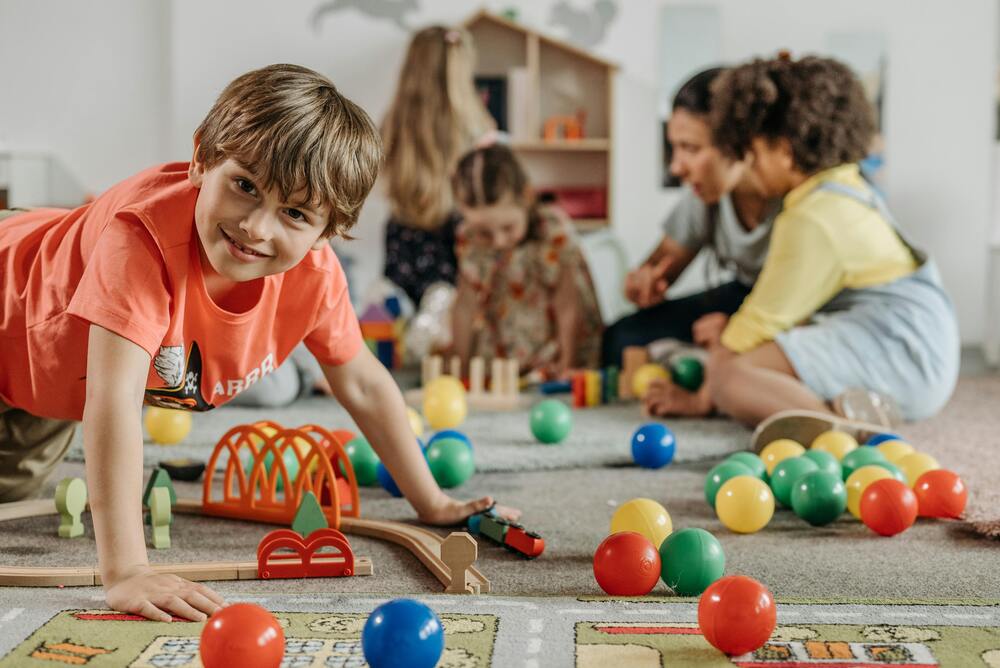Creating a positive classroom environment is essential for fostering student engagement, motivation, and overall academic success. A supportive atmosphere not only enhances learning but also promotes emotional well-being among students. In this blog, we will explore five effective steps to cultivate a positive classroom environment, backed by statistics and practical strategies. Let’s dive in! ?

Step 1: Establish Clear Expectations
Setting clear expectations is the foundation of a positive classroom. When students know what is expected of them, they are more likely to meet those expectations. According to a study by the National Center for Education Statistics, classrooms with clearly defined rules and procedures see a 20% increase in student compliance and engagement.
Table 1: Impact of Clear Expectations on Student Behavior
| Expectation Clarity | Student Compliance (%) | Engagement Level (1-10) |
|---|---|---|
| Low | 50% | 5 |
| Moderate | 70% | 7 |
| High | 90% | 9 |
To establish clear expectations, consider creating a classroom contract with your students. This contract can outline behavior standards, academic goals, and mutual respect. Engaging students in this process fosters ownership and accountability.
Step 2: Foster Positive Relationships
Building strong relationships between teachers and students is crucial. Research shows that students who feel connected to their teachers are 30% more likely to participate in class activities. Positive relationships create a safe space for students to express themselves and take risks in their learning.
Table 2: Benefits of Positive Teacher-Student Relationships
| Relationship Quality | Student Participation (%) | Academic Performance (GPA) |
|---|---|---|
| Poor | 40% | 2.0 |
| Average | 65% | 3.0 |
| Strong | 85% | 3.5 |
To foster these relationships, take time to learn about your students’ interests and backgrounds. Simple gestures, like greeting them at the door or asking about their weekend, can make a significant difference.
Step 3: Encourage Collaboration
Collaboration among students not only enhances learning but also builds a sense of community. According to a report from the Collaborative for Academic, Social, and Emotional Learning (CASEL), classrooms that promote collaborative learning see a 25% increase in student satisfaction.
Table 3: Effects of Collaborative Learning
| Collaboration Type | Student Satisfaction (%) | Teamwork Skills (1-10) |
|---|---|---|
| Individual Work | 50% | 4 |
| Small Groups | 75% | 7 |
| Whole Class | 90% | 9 |
Incorporate group projects, peer reviews, and team-building activities into your curriculum. These strategies not only enhance academic skills but also help students develop essential social skills.
Step 4: Create an Inclusive Environment
An inclusive classroom environment ensures that all students feel valued and respected. According to the National Education Association, inclusive classrooms can lead to a 15% increase in student retention rates.
To create an inclusive environment, consider implementing diverse teaching materials that reflect various cultures and perspectives. This approach not only enriches the curriculum but also helps students see themselves represented in their learning.
Step 5: Provide Positive Reinforcement
Positive reinforcement is a powerful tool for encouraging desired behaviors. Studies show that students who receive regular positive feedback are 40% more likely to exhibit those behaviors consistently.
Incorporate a reward system that recognizes both academic achievements and positive behavior. This could be as simple as a “Student of the Week” program or a points system that leads to fun classroom activities.
Conclusion
Creating a positive classroom environment is a multifaceted process that requires intentional effort and commitment. By establishing clear expectations, fostering relationships, encouraging collaboration, promoting inclusivity, and providing positive reinforcement, educators can significantly enhance the learning experience for their students.
For more resources on creating a positive classroom environment, check out Edutopia and Teaching Tolerance. Remember, a positive classroom is not just about academic success; it’s about nurturing well-rounded individuals who feel safe, respected, and motivated to learn. Let’s make our classrooms a place where every student can thrive! ?✨



